Notification
Please fill in the information below
Urgent
OTITIS MEDIA – SAFE TREATMENT AND QUICK RECOVERY
According to 2nd-degree specialist, Dr. Nguyen Dinh My – Head of the ENT Department, American International Hospital (AIH), otitis media needs to be diagnosed and treated by an ENT doctor; patients should not self-medicate or apply folk remedies, as this will easily worsen the condition, and in the long run, it can cause hearing loss.
The structure of the ear consists of the outer ear, middle ear, and inner ear. The middle ear includes the tympanic cavity, the mastoid bone (the bone behind the ear), and the Eustachian tube. The middle ear's function is to transmit and amplify sound from the eardrum to the inner ear, enabling us to hear. The middle ear connects to the nasopharynx via a small tube called the Eustachian tube. The Eustachian tube functions to ventilate the middle ear, balance the air pressure in the middle ear with the external environment, and drain secretions from the middle ear down to the throat. A well-functioning Eustachian tube is essential for good hearing. If, for any reason, the Eustachian tube becomes blocked, it will cause a decrease in pressure in the tympanic cavity, and the accumulation of secretions will cause otitis media. Therefore, the ear – nose – throat are "interconnected." This means that if diseases of the nasopharynx are not diagnosed and treated properly, they can easily lead to otitis media. Otitis media (OM) is a pathological condition that causes inflammation of the entire mucous membrane system of the tympanic cavity and mastoid bone.
► Signs of otitis media:
For adults, it's quite easy to detect abnormalities in the ear; the difficulty lies with young children, so we need to pay attention when children show the following signs:
Fever and ear pain: Often present in acute otitis media.
Tinnitus, hearing impairment.
Ear discharge or pus.
Changes in behavior: irritability, fussiness, discomfort, often touching, pulling the ear and may refuse to breastfeed, loss of appetite, digestive disorders.
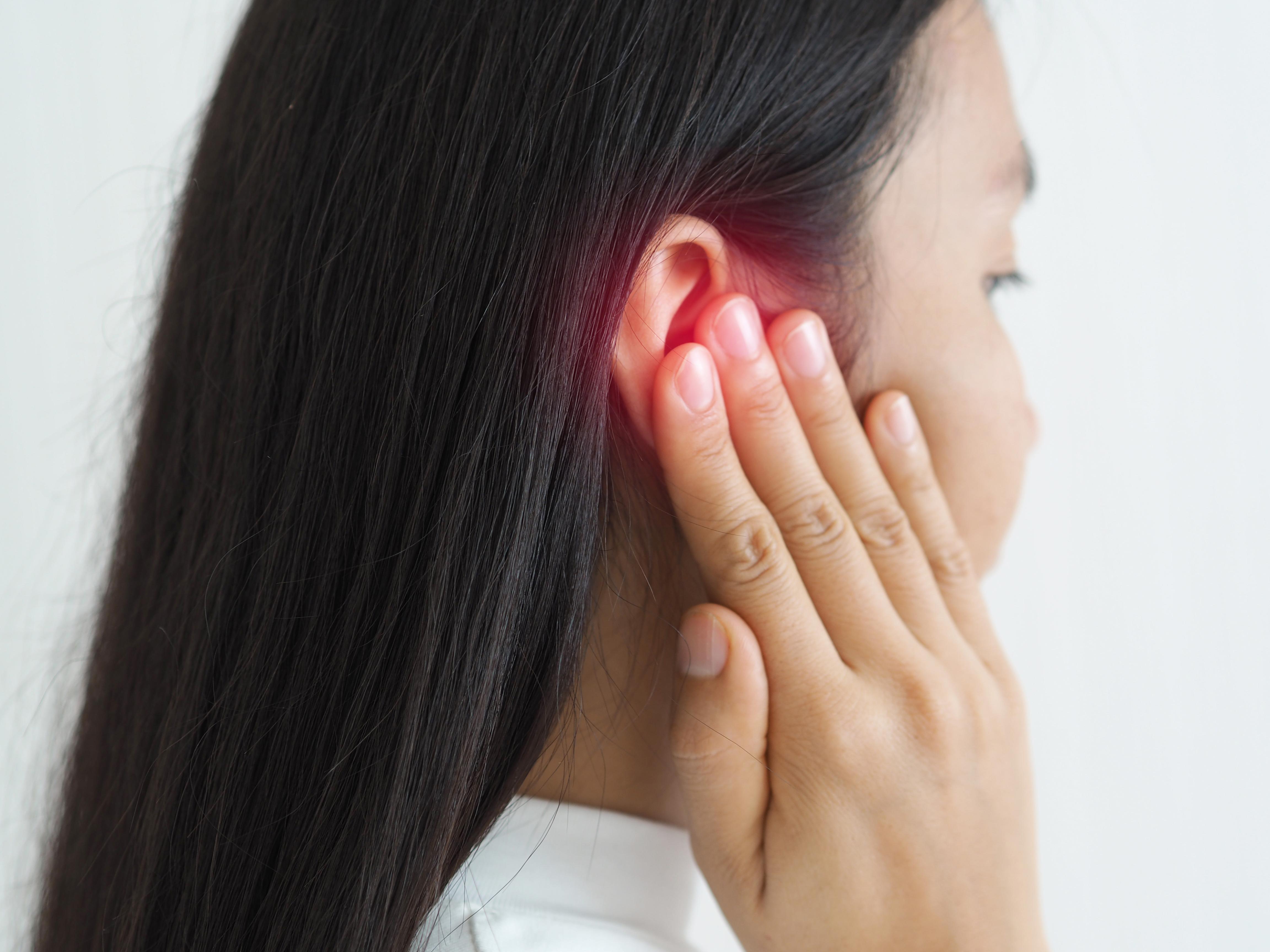
► Classification of otitis media
1. Acute otitis media (AOM): It is an acute infection of the middle ear, with a rapid, sudden onset, often occurring after an upper respiratory tract infection caused by viruses or bacteria.
Symptoms: Severe ear pain, fever, discharge if the eardrum is perforated, crying in young children, temporary hearing impairment.
2. Otitis media with effusion (OME): The presence of fluid in the middle ear but without signs of acute infection (no fever, no significant ear pain).
Symptoms: Temporary hearing impairment, a feeling of fullness in the ear, tinnitus – often detected through hearing screening or regular check-ups.
3. Chronic otitis media (COM): A prolonged otitis media, often associated with eardrum perforation and persistent otorrhea.
Symptoms: Chronic otorrhea, with an odor, hearing impairment, sometimes accompanied by dull pain or intracranial complications if not treated promptly.
Furthermore, otitis media is also classified based on the duration of the disease, including: acute otitis media (< 3 weeks); subacute otitis media (from 3 weeks to 3 months) and chronic otitis media (> 3 months).
► Causes: Causes of otitis media
1. Local inflammation: Acute upper respiratory tract infections, rhinosinusitis, adenoiditis, etc., cause the Eustachian tube to become blocked or inflamed, fluid can accumulate in the middle ear, creating a favorable environment for the growth of bacteria or viruses. If not treated appropriately, viruses or bacteria from these inflammatory foci will spread through the Eustachian tube, causing otitis media, common agents include:
Bacteria: The most common bacterial agents causing acute otitis media are Streptococcus pneumoniae, non-typeable Haemophilus influenzae, and Moraxella catarrhalis.
Viruses: Respiratory viruses like respiratory syncytial virus (RSV), rhinovirus, adenovirus, and influenza virus can also be responsible for AOM or can set the stage for a secondary bacterial infection.
Risk factors: Including young age (especially under 2 years old due to immature Eustachian tubes), family history, exposure to cigarette smoke, exposure to kindergarten environments, allergies, and immunodeficiency.
2. Systemic infections: Middle ear infections often occur after a bout of systemic infections such as measles, influenza…
3. Trauma: After an ear injury such as ear picking, ear trauma due to pressure (being slapped on the ear, firearms, improper nose blowing, etc.) causing eardrum perforation, ear infections will occur afterward if not properly cared for and treated.
4. Inflammation and obstruction of the Eustachian tube due to nearby pathologies: Nasopharyngeal fibroids; nasopharyngeal cancer…
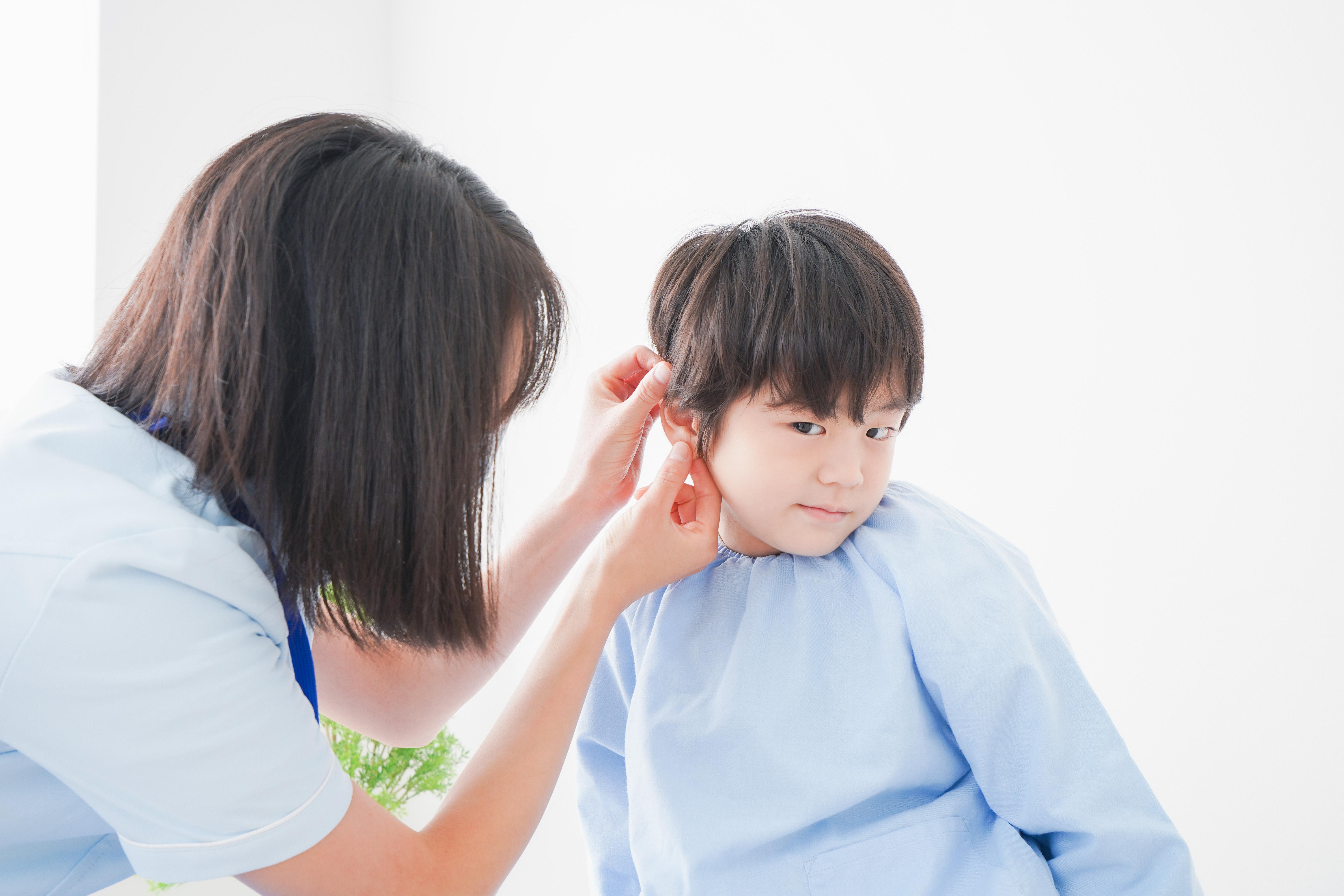
► Typical symptoms of otitis media
The symptoms of otitis media vary depending on age and the severity of the illness.
For infants and young children: the signs may include irritability, difficulty sleeping, fever, poor feeding, vomiting, or diarrhea. The child may also pull or rub their ear.
For older children and adults: typical symptoms include ear pain (otalgia) ranging from mild to severe, a feeling of fullness or pressure in the ear, hearing impairment (due to fluid buildup), tinnitus, and fever. In cases of eardrum perforation, there may be discharge from the ear.
► How is otitis media diagnosed?
Diagnosis is primarily based on clinical examination:
Otoscopy: Detects a red, bulging eardrum, reduced mobility, or fluid behind the eardrum.
Tympanometry: Measures and assesses eardrum function and middle ear pressure.
Audiometry: Used in cases of prolonged otitis media with effusion or chronic otitis media to assess the degree of hearing loss.
Ear fluid culture (if pus is present): In cases of chronic inflammation or treatment failure.
► How is otitis media treated for a quick recovery?
The treatment plan for otitis media is not applied uniformly, but is personalized based on each specific case, including the type of acquired otitis media (acute, with effusion, or chronic), the patient's age (young children, adults), as well as the severity of the symptoms. This helps ensure the selection of the most appropriate treatment direction, from monitoring, medication, to surgical intervention if necessary – in order to achieve optimal outcome and avoid long-term complications.
1. Acute otitis media:
In many cases, observation for 48–72 hours is possible if symptoms are mild (especially in children >2 years old).
Antibiotics are indicated when symptoms are severe, persistent, or in high-risk groups. The first-line antibiotic is amoxicillin. In cases of penicillin allergy or recurrence, amoxicillin-clavulanate or cephalosporins can be used.
Pain relievers, antipyretics (paracetamol, ibuprofen) are used to help reduce symptoms.
2. Otitis media with effusion: Most cases resolve on their own within 3 months. If it persists >3 months or affects language and hearing, ventilation tubes (grommets) may be needed.
3. Chronic otitis media:
Requires topical (ear drops) or systemic antibiotics depending on the situation.
Tympanic membrane repair (myringoplasty) or cleaning of the inflammed cavity (tympanoplasty) is necessary in some cases.
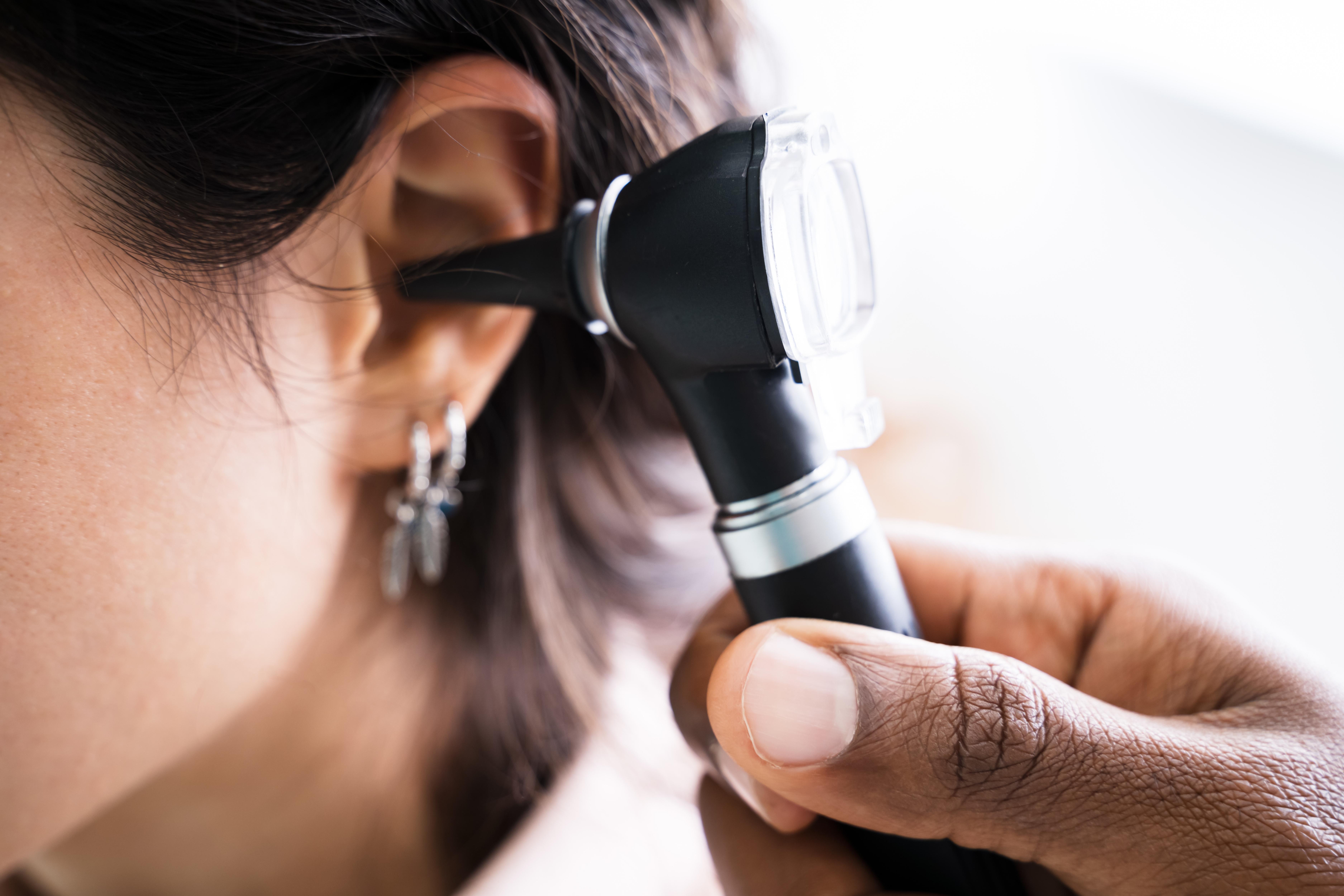
► Caring for otitis media at home
Otitis media can cause discomfort and affect daily activities, especially in young children. However, if properly cared for at home, many mild cases can improve quickly, limiting the use of antibiotics and preventing complications.
1. Pain relief and fever reduction
Use paracetamol or ibuprofen as directed by a doctor to help relieve ear pain and reduce fever.
Do not use aspirin for children.
Warm compress: Placing a warm, damp cloth on the affected ear can help reduce discomfort. Make sure the cloth is not too hot and do not let water get into the ear.
Get enough rest: Helps the body have energy to fight infection.
2. Antibiotic management (if prescribed)
If your doctor prescribes antibiotics, strict adherence is very important:
Take the full dose and at the correct times: Even if symptoms have improved, make sure to take the entire course of antibiotics as directed by your doctor. Stopping the medication too early can cause the infection to return and contribute to antibiotic resistance.
Do not self-medicate with antibiotics: Only use antibiotics when prescribed by a doctor, as otitis media can be caused by a virus, and antibiotics will not be effective in that case. Overuse of antibiotics can lead to drug resistance.
3. Keep the nasopharynx hygienic and clear
Because the Eustachian tube connects the middle ear with the arch of the pharynx, keeping the upper respiratory tract clean and clear can help reduce pressure and prevent the spread of infection.
Nasal irrigation with saline solution: For children and adults, regular nasal irrigation with saline solution can help clear mucus, reduce nasal congestion, and improve Eustachian tube function.
Proper nose blowing: Guide children to blow their nose gently, one side at a time, to avoid creating back pressure on the middle ear.
Avoid irritants: Limit exposure to cigarette smoke, dust, and harmful chemicals because they can worsen respiratory infection.
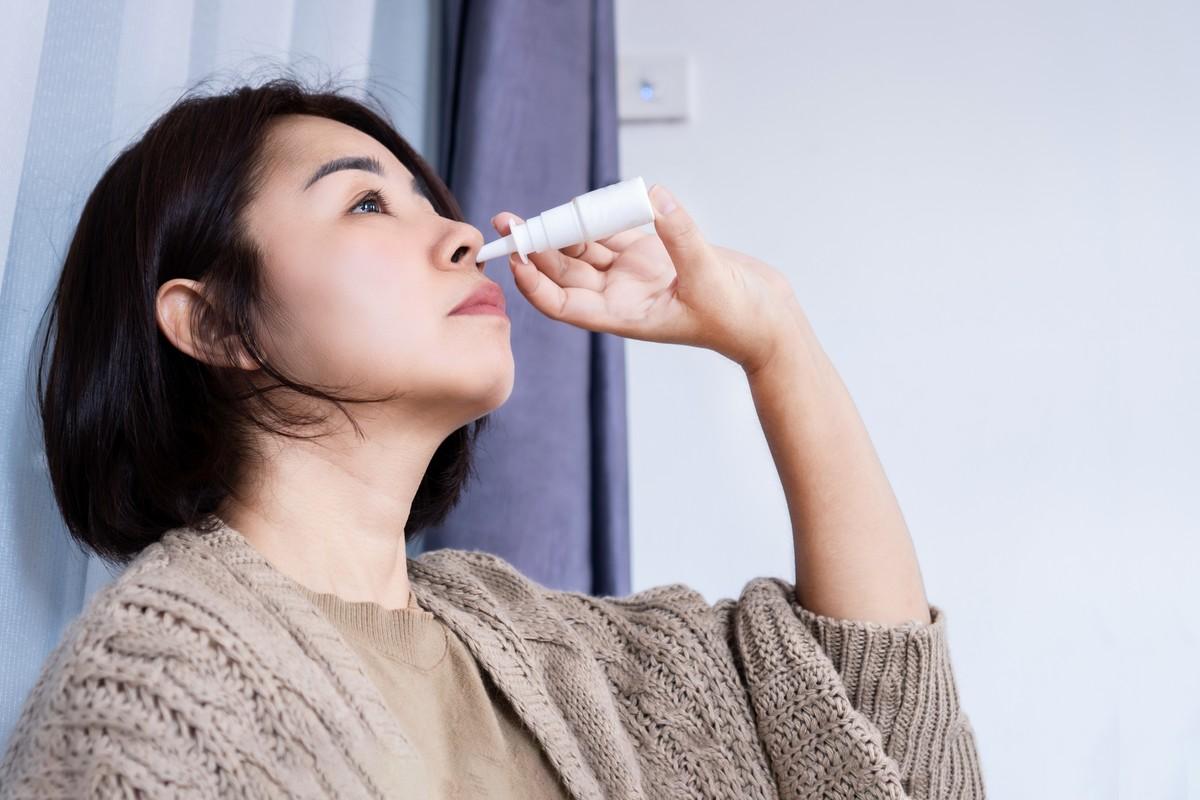
Contact a doctor immediately if you have the following symptoms:
High fever that doesn't subside after taking fever reducers.
Severe or worsening ear pain despite taking pain relievers.
Discharge from the ear (pus, blood, or clear fluid). This could be a sign of a perforated eardrum, requiring medical evaluation.
Severe headache, stiff neck, dizziness, or facial weakness/paralysis on one side: These could be signs of more serious complications such as meningitis or facial paralysis.
Redness and swelling behind the ear: This could be a sign of mastoiditis.
Significant hearing impairment or balance problems.
► Preventing recurrence
To reduce the risk of recurrent otitis media, especially in children:
Full vaccination: Pneumococcal vaccination (PCV) and influenza vaccination according to the recommended schedule can help reduce the risk of infections causing otitis media.
Avoid tobacco smoke: Passive smoking is a major risk factor for otitis media.
Control allergies: If there is a history of allergies, good control of allergens can help reduce nasopharyngitis.
Maintain hand hygiene: Frequent hand washing helps prevent the spread of respiratory infections.
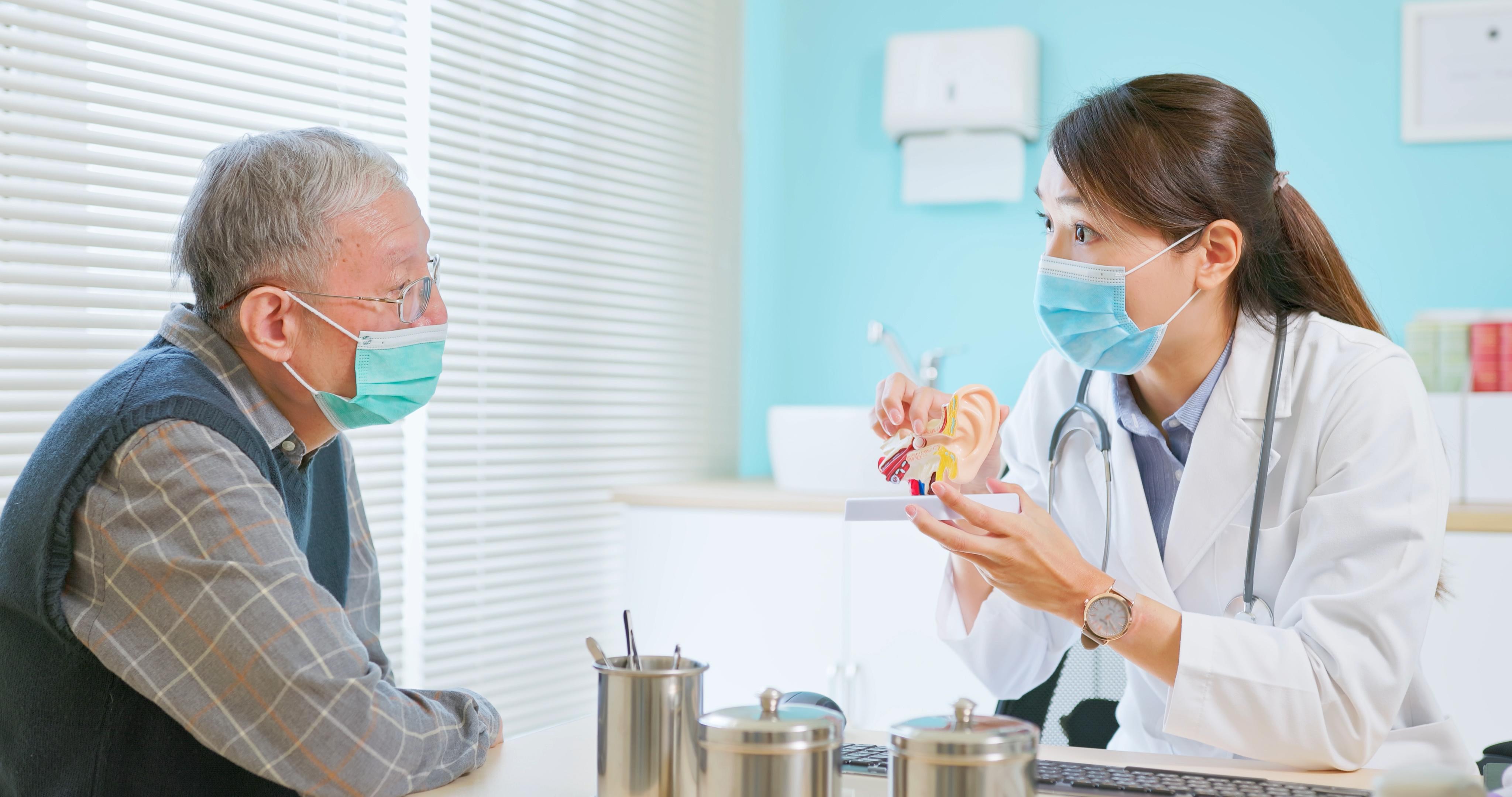
The ENT Department – American International Hospital (AIH) gathers a team of experienced specialist doctors, specializing in the diagnosis and treatment of ENT diseases – from common problems to complex cases requiring in-depth intervention. With a system of modern equipment, examination rooms and procedure rooms meeting international standards, the ENT Department provides comprehensive services: diagnostic endoscopy, treatment of otitis media, rhinosinusitis, tonsillitis, hearing disorders, sleep apnea, and minimally invasive ENT surgery. We are committed to providing a high-quality, safe, and effective healthcare experience for both adults and children, in a modern and friendly treatment environment.
According to Dr. Nguyen Dinh My, 2nd-degree specialist, otitis media, though seemingly simple, if not treated correctly and promptly, can lead to many unfortunate consequences, seriously affecting hearing, language ability, and quality of life – especially in young children. Therefore, early examination when there are suspected symptoms such as ear pain, fever, hearing impairment, or ear discharge is essential to ensure effective treatment and prevent complications.
--------------------
Search
Latest News
Our Doctor





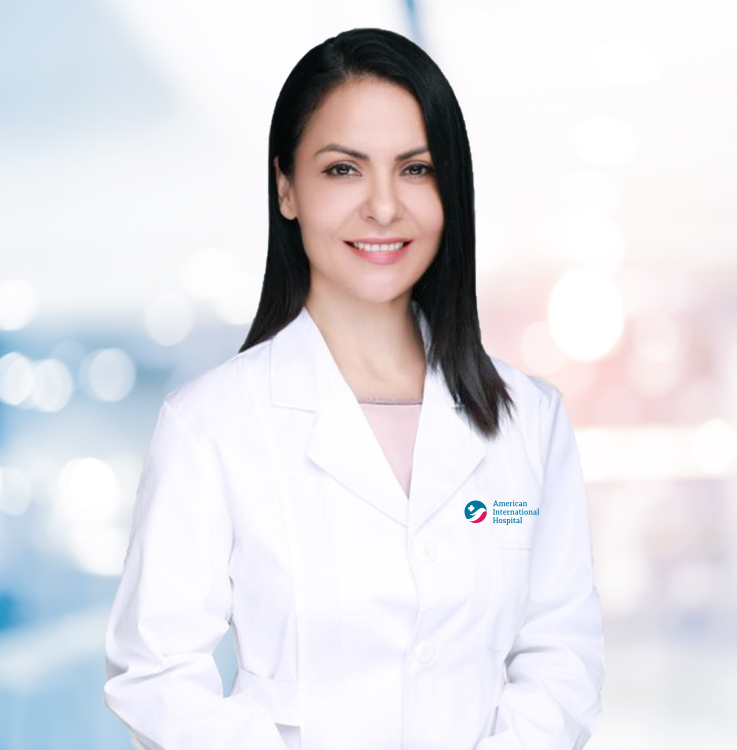


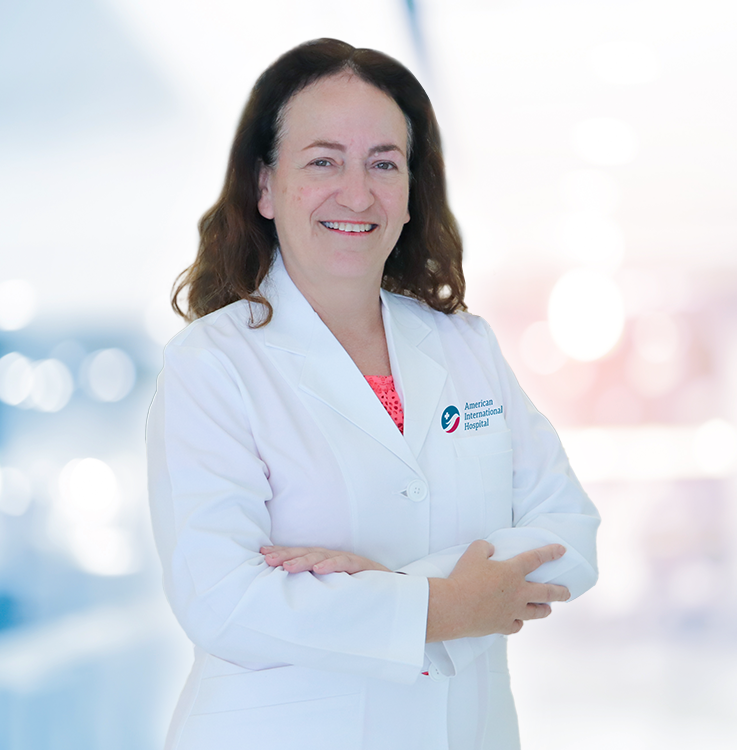
























































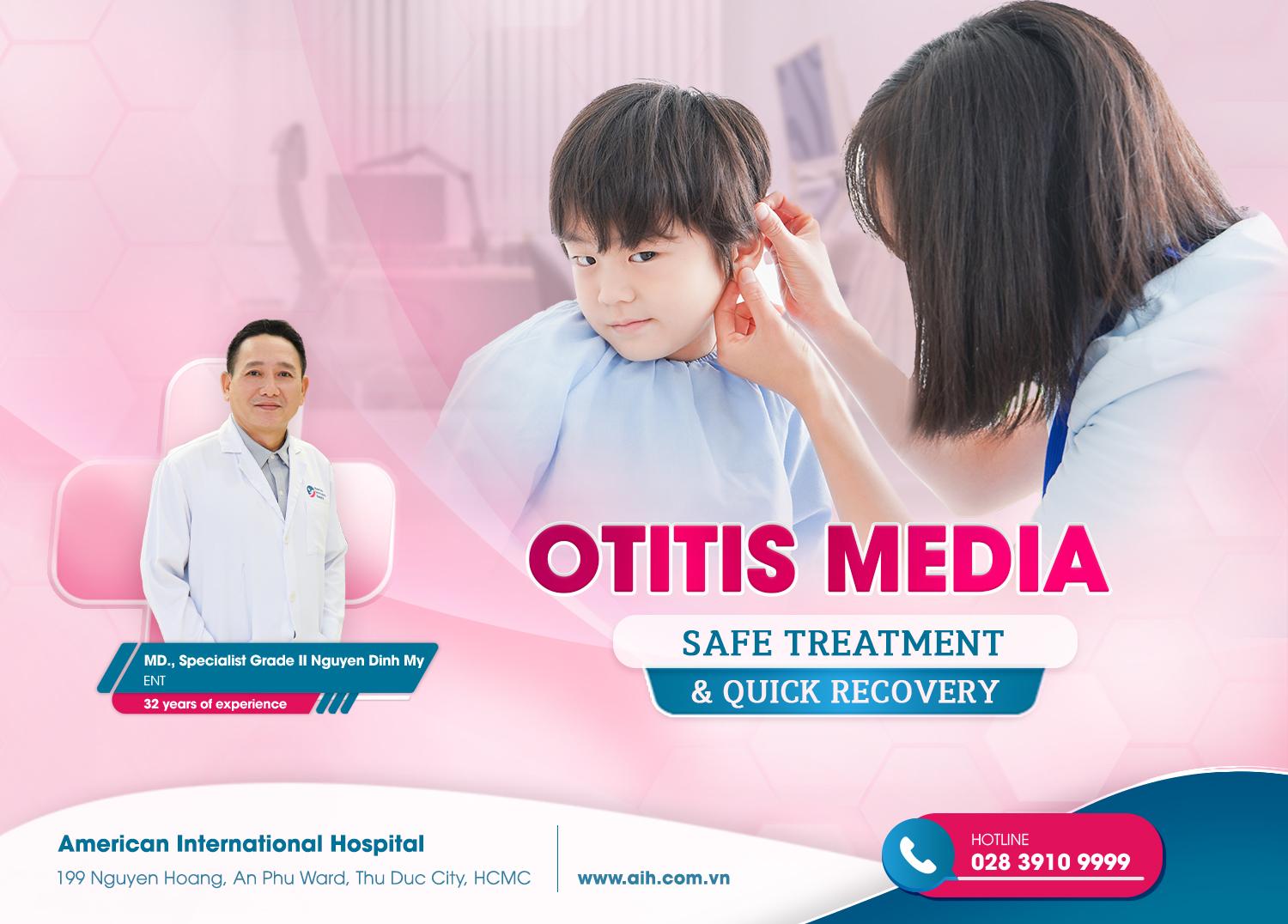

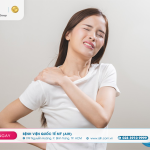

Leave a comment